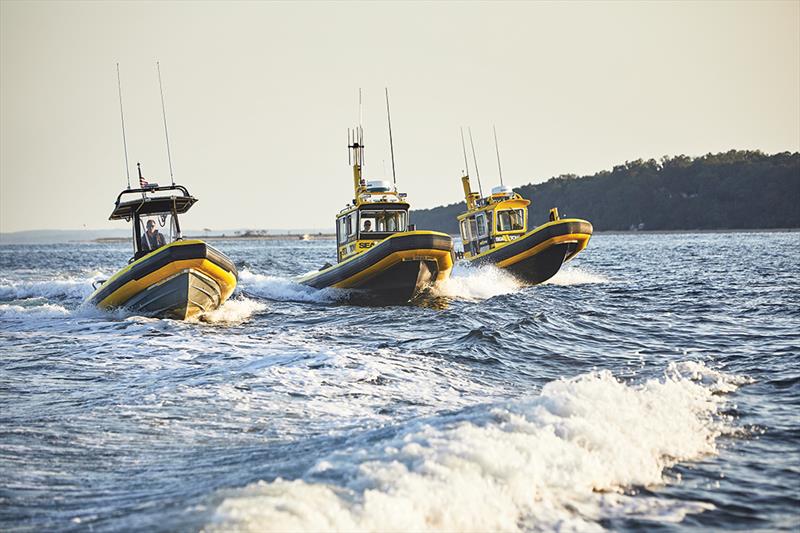
Protect your boat for the 2023 Atlantic Hurricane Season
by Sea Tow 15 Jul 2023 11:11 PDT

Sea Tow Huntington Long Island © Jeremy Frechette
Sea Tow® - the nation's leading on-water marine assistance provider - urges boaters to prepare for the 2023 Atlantic hurricane season which started on June 1 and runs until Nov. 30. While the usual peak in activity occurs in Aug. and Sept., storms have formed ahead of that official start date in the last decade and 2023 is no exception.
The National Oceanic and Atmospheric Administration (NOAA) recently released its official predictions for the 2023 hurricane season with 12 to 17 named storms (winds of 39 mph or higher), five to nine predicted to develop into hurricanes (winds of 74 mph or higher) and one to four that could strengthen into major category one, two or three hurricanes (with winds of 111 mph or higher). NOAA forecasts there's a 40% chance of a near-normal season and a 30% chance of either a below-average or above-average season. The agency has a 70% confidence in these ranges.
"From experience, we know that just one storm can cause devastation and uproot lives," said Sea Tow CEO, Joseph Frohnhoefer III. "The time to prepare is now. We encourage all boaters to be prepared and understand the steps that need to be taken if a storm were to make landfall in their area to protect themselves and their boat. Sea Tow's team of knowledgeable and experienced captains are available to help."
The following is a list of boating tips to consider before, during and after a hurricane.
General Preparedness Prior to a Storm:
- Know what your marine insurance policy covers. Read it and ask your insurance agent questions.
- Some insurance companies may require owners to pull their vessel out of the water during a storm or store it in a specific location while the storm is a threat.
- Ensure your policy will cover the recovery of your vessel, transportation or storage if needed, repair of your vessel or, in the worst-case scenario, the demolition and disposal of your vessel.
- If your boat is kept at a marina, check your marina policies to gain an understanding of requirements and procedures.
Before a Storm
- When a storm is approaching, determine where your boat will ride out the storm.
- If your boat needs to be relocated on land, position it on a trailer close to a strong building to break the wind and away from debris and strap it down securely. To anchor the trailer, place blocks beneath it and deflate the tires so it doesn't shift around due to high winds.
- If the boat must stay in the water, secure it to the dock with longer, thicker lines to ensure it doesn't sway during the storm.
- Ensure there aren't any loose items on the boat that could potentially fly around during the storm and cause more damage.
- Take video inventory of all property onboard and place legal documents such as policies, licenses, and registration in a secure, dry place away from the vessel.
During a Storm
- Monitor radio, TV, NOAA Weather Radio, and/or hurricane hotline telephone numbers for official bulletins for storm updates.
- Do not return to the vessel until there is an official announcement that the storm has passed, or the marina is open.
After a Storm
- Once it is safe to return to the vessel, inspect it for any structural damage.
- If the boat was damaged during the storm, take photos, and report it to your insurance company as soon as possible.
- It's imperative to only work with licensed and insured companies to recover your vessel. In many cases your insurance company has a pre-arranged relationship with a recovery company, and in many cases it's Sea Tow. Rest assured knowing that Sea Tow's experienced captains are available to assist with the recovery process and prevent any further damage.